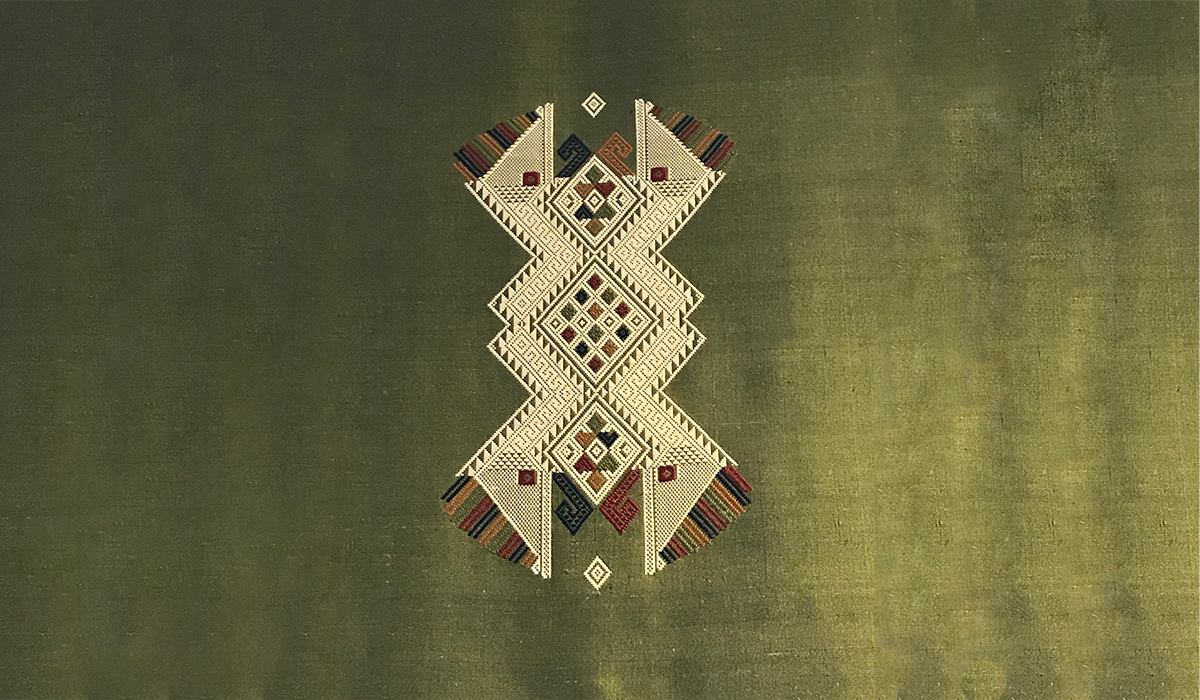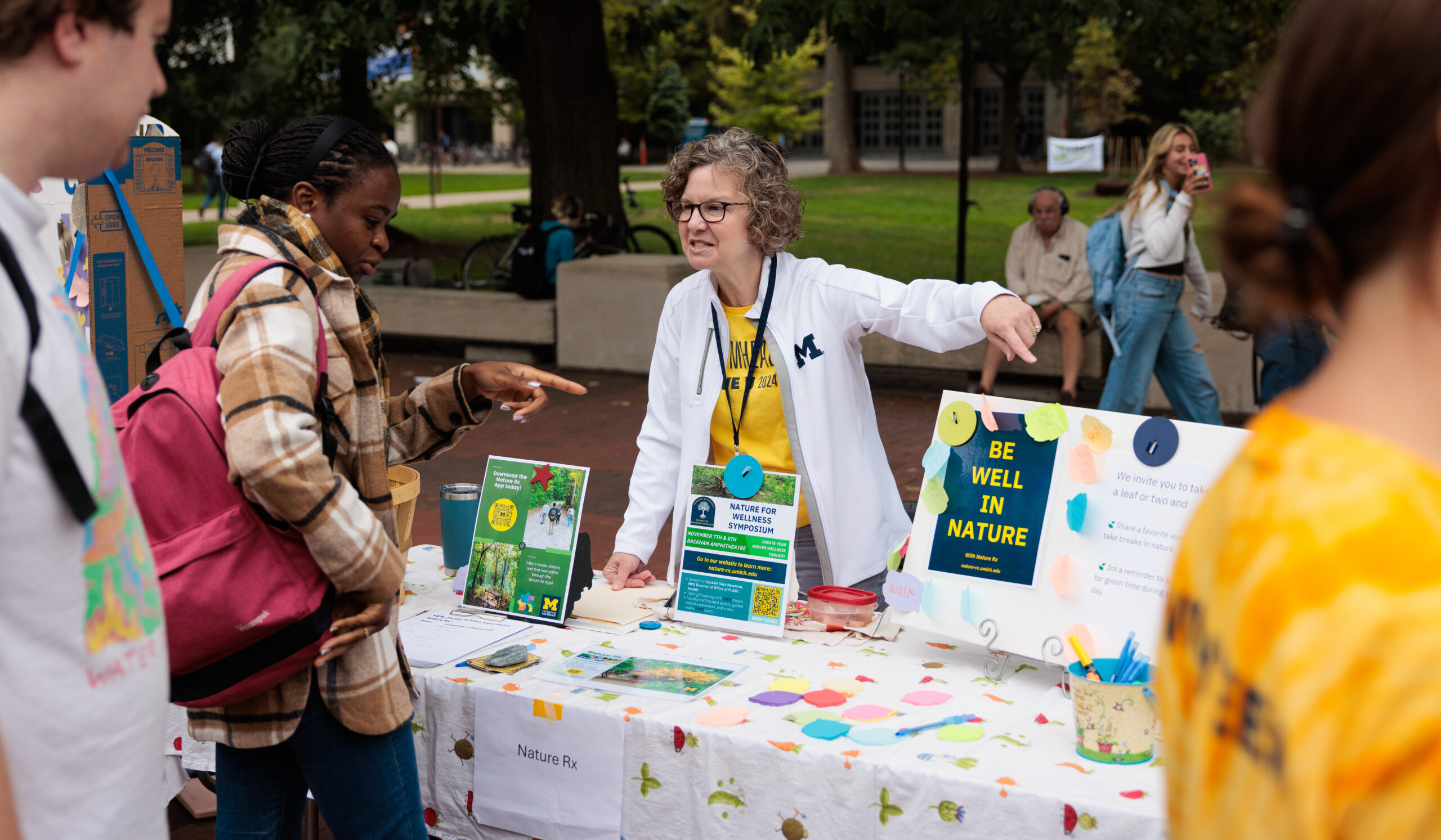At the impressionable age of 12, Carol Cassidy, ’80, traveled with her parents and four sisters in their station wagon to Mexico. It was in Oaxaca that she watched weavers spin wool into a poncho for the first time—an unforgettable experience.
“At that moment, I felt the connection between the earth and the human hand,” says Cassidy, for whom weaving is much more than a craft. “It’s basically that memory that propelled my career.”
Since that childhood trip, weaving has taken Cassidy around the world. Today, she co-owns Lao Textiles, a shop, studio, and gallery in Vientiane, Laos, that employs 50 artisans, mostly women, who weave exquisite silk brocades, tapestries, and ikats.
An acclaimed textile designer, Cassidy works with architects and designers and has had her work exhibited in the Philadelphia Museum of Art, the Textile Museum in Washington, D.C., and the Fashion Institute of Technology museum in New York City.
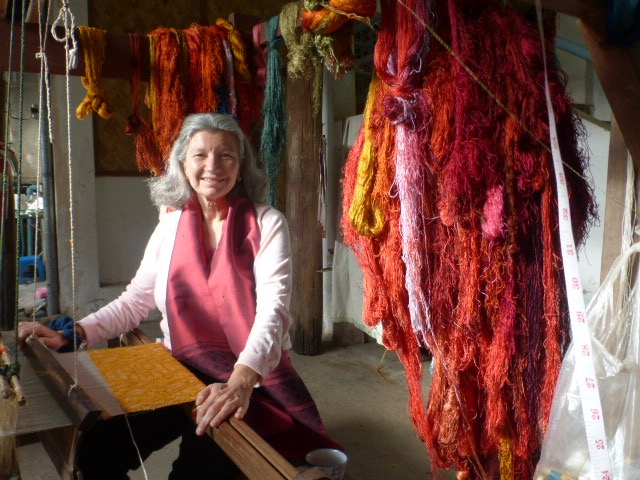
“From the beginning, Carol had a strong commitment to create the highest-quality woven art possible, along with the finest-quality silks, and recognized the technical and artistic skills of the weavers working for her,” says Mary Connors, author of “Lao Textiles and Traditions” (Oxford University Press,1996) and board member of the Fine Arts Museums of San Francisco’s Textile Arts Council. “Her company created unique wall hangings and other woven fabrics targeting a wider market than the casual tourist visiting Laos.”
Cassidy, a native of Woodbury, Connecticut, has lived abroad for the past 40 years. Since 1989, Vientiane, the capital of the country known as the Land of a Million Elephants, has been home. She both lives and works in a 1920s Colonial-era mansion. Her husband, Dawit Seyoum, oversees the administrative and financial side of the business.
She was impressed by the delicate beauty and complexity of Laotian weaving when she first came to the country on a United Nations women’s development project visiting villages where hundreds of women were weaving.
“Over 50 ethnic groups are in Laos, each with its distinct dress, designs, and techniques, plus the contrast between royal aristocratic costume and traditional rural dress,” Cassidy says. “I was amazed by the variety and could look at a skirt and know it was made in a specific village. It was a country of master weavers, a treasure that had to be preserved.”
Traditions were declining after years of disruption due to bombing by the U.S. during the Vietnam War as well as previous French and Japanese occupations, so she started her business to help preserve them, investing in silkworm farms, training artisans, and infusing designs with modern concepts.
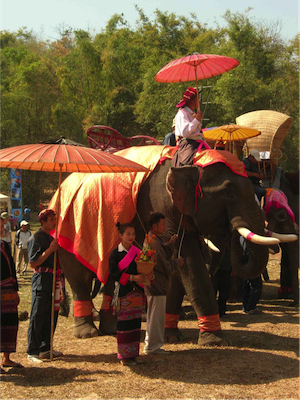
She was the first American, and second foreigner, to get a business license from the Communist government in 1990. Back then, Laos had no fax machines, so she had to take a boat to Thailand to send or get a fax.
Like other business owners, Cassidy needed to meet consumer demand. A 1990 market study she commissioned in New York and Paris found that consumers wanted wider and longer textiles, so she adapted the loom. She advised the silkworm farmers to weave small, natural-colored scarves for her Farm Collection. She trained her gardener in dyeing by mixing pigments. Her dye house now has tens of thousands of colors, made from vegetables or low-impact synthetic dyes from Germany.
Over the years, no project has been too large or too small—from the Park Hyatt Siem Reap hotel in Cambodia, where architect Bill Bensley wanted pink elephants (so she designed and the artisans wove silk wall hangings with that theme) to orange silk blankets for a real elephant in Laos (it won the “most beautiful elephant” award at a festival in 2007) to a sofa for the Paris home of Valentino fashion brand co-founder Giancarlo Giammetti. Lao Textiles’ design elements range from nagas and sacred Buddhist serpents to geometric patterns and five-headed dragons (who, according to legend, dwell in the Mekong River).
Cassidy’s training began in Scandinavia. She studied at the Bergen School of Arts and Crafts in west Norway, weaving wool, cotton, mohair, and other natural fibers, and Finland’s University of Helsinki.
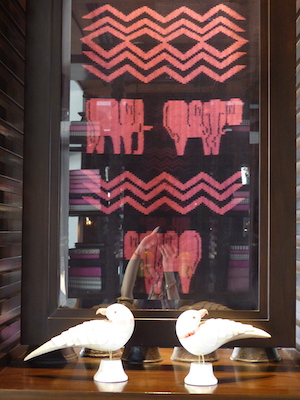
“I never worked in synthetic fibers, but was always interested in the natural world, learning traditional cultures and practicing different techniques.” She did weaving demonstrations at the Norwegian Folk Museum in Oslo, where visitors told her, “You speak such good English.” In Finland, she studied “sword weaving,” whose wooden tools look like curved swords, under a textiles collaboration with Finnish architect Alvar Aalto and designer Dora Jung.
She then chose U-M’s School of Art & Design because it had one of the few programs in the U.S. with a major in weaving.
“Professor Sherry Smith, a fiber artist, was the reason I ended up at U-M. I didn’t realize weaving was a lifetime profession until I met her. She was a very influential person in my life and visited me in Laos.” U-M gave Cassidy the opportunity to pursue combined interests in weaving, feminist anthropology, African studies, and photography. “Dean Wendell Heers had faith in me, with my unusual background in Norway and Finland, and later visited me in Hong Kong, where my Lao Textiles were exhibited.”
After graduating from U-M, Cassidy got a job leading textile co-ops in Lesotho in 1981 for the humanitarian agency Cooperatives for Assistance and Relief Everywhere (CARE) and later worked on U.N. textile projects in Lesotho, Botswana, Mozambique, and other African nations.
Since those beginnings, Cassidy has forged an illustrious career that has been recognized with the UNESCO Product Excellence Award in 2001; she has also lectured on craft in post-industrial society at Columbia University’s Center for Science and Society and for museums. Her career has also exposed her to cultures that, while they seem disparate, are woven together by a common thread.
“Weaving is a global women’s language, and I was fortunate enough to learn it at an early age. The one lesson I’ve learned is, there’s still so much to learn, in every culture I go to, every villager I see,” she says. “I think there should be a Ministry of Weaving in the world—it’s women’s empowerment, poverty eradication, cultural preservation. Weaving really has all those strands of equity.”
Sharon McDonnell has written on travel, culture, history and food for Fodor’s, Roadtrippers, Travel & Leisure, Architectural Digest, LeafScore and other publications. She lives in San Francisco.

